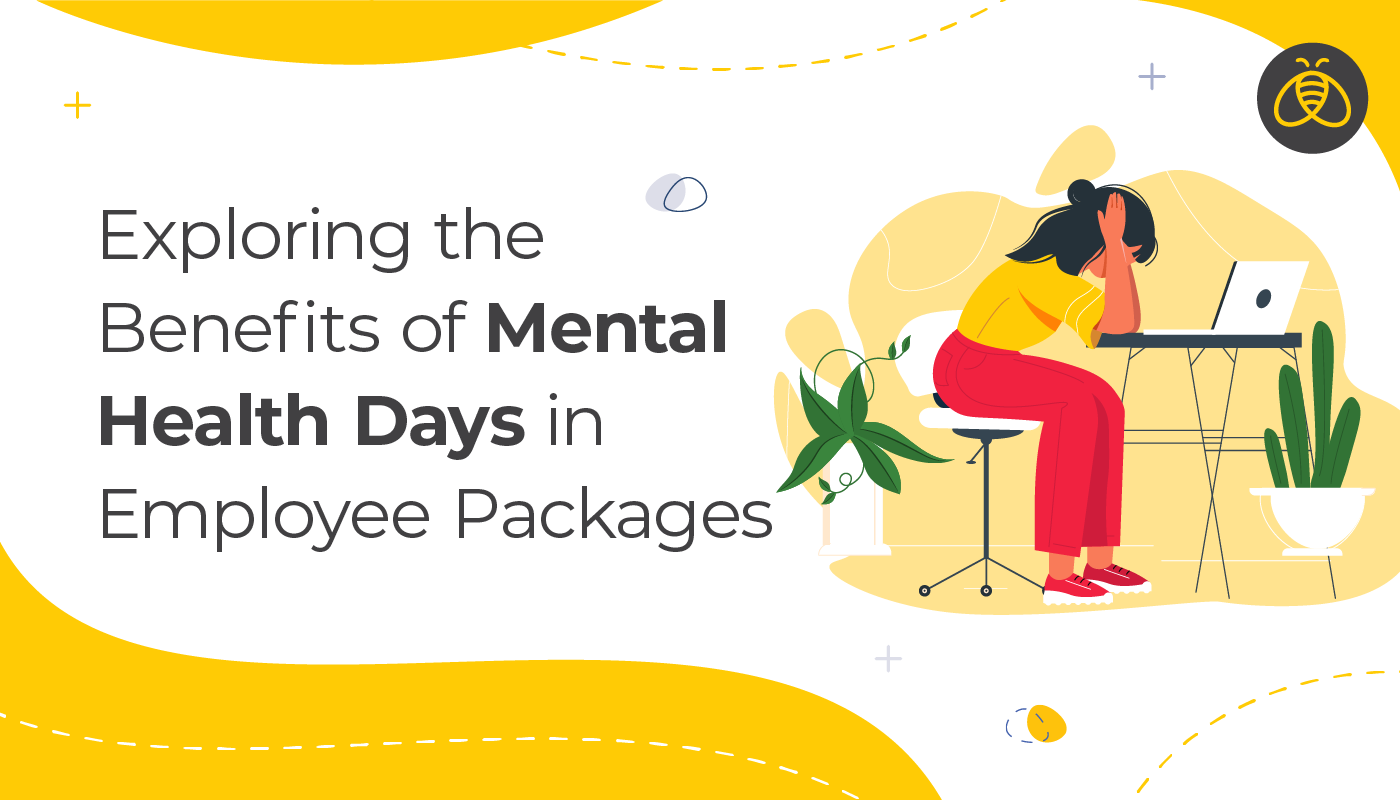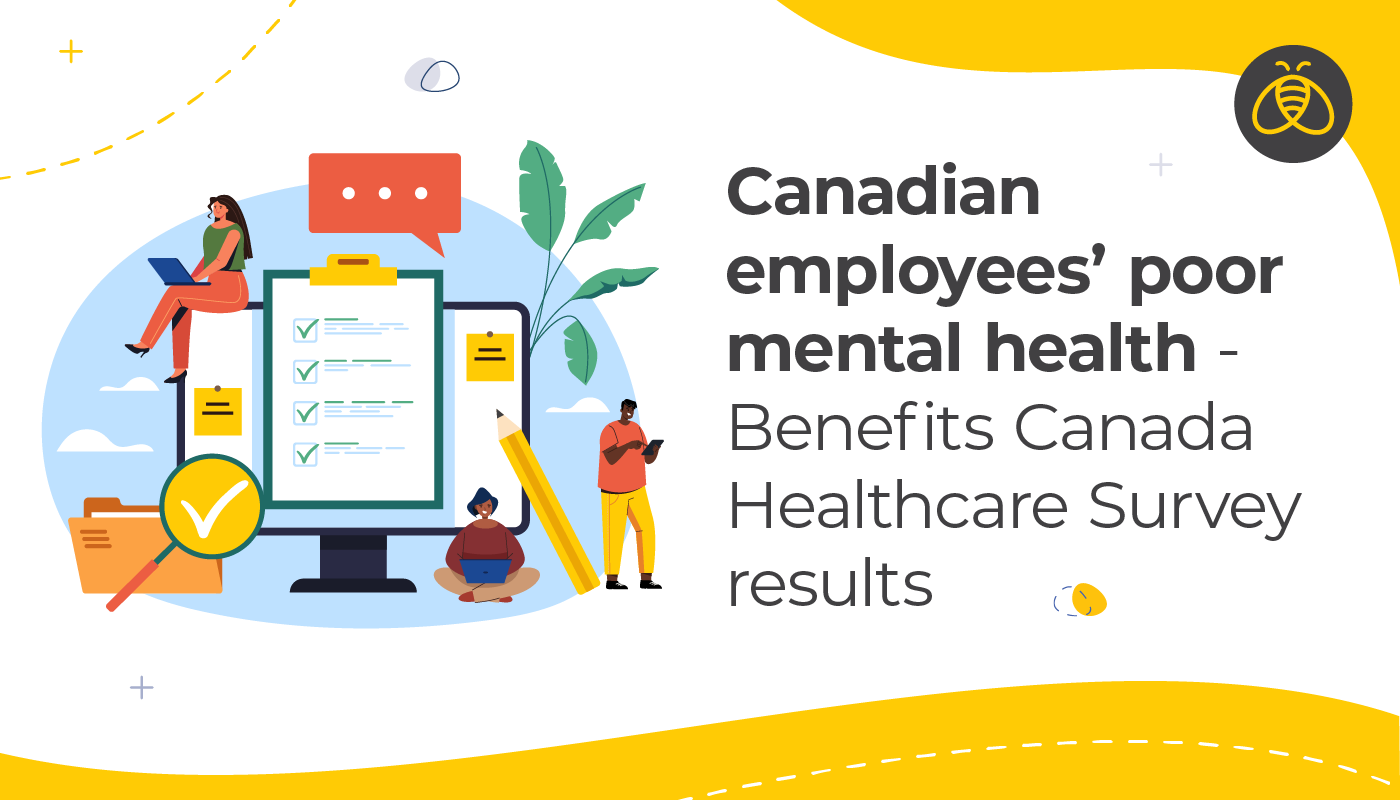6 Steps to a Safe Destination Vacation With Travel Coverage
By: Benefits by Design | Friday March 3, 2017
Updated : Thursday June 30, 2022
Ah… vacation.
Vacations are a fun opportunity to explore new places, or the chance to simply relax at home.
But if you’re planning on leaving the country — or even your home province — there are steps you can take to ensure that you and your family are safe and protected while travelling.
Looking for COVID-19 Travel Insurance information, restrictions and limitations? We’ve got you covered:
#1. Get Travel Insurance
Travel insurance is a must when travelling out-of-country or even out of the province. There are many myths about travel insurance out there, such as the idea that you don’t need insurance if you’re travelling within Canada or that you don’t need the insurance because your credit card provides it.
If you have a group benefits plan, you may already have travel coverage. We advise that you consult your employee benefits booklet or Plan Administrator to confirm your coverage.
No group benefits? No problem! If you do not have insurance coverage, you can purchase individual travel insurance to cover yourself and your family.
#2. Know Your Restrictions and Limitations
If you have a pre-existing medical condition or have been feeling unwell lately, it’s a good idea to pay particular attention to your travel coverage. The majority of group plans have some pre-existing medical condition clause written into their policy.
Travelling in 2022? What You Need to Know About Your Insurance Coverage
#3. Check Your Destination for Travel Advisories
Before you travel, make sure that you are going to a country that is safe. The Government of Canada updates their travel advisory website regularly.
Most carriers also have a clause in their travel policy to suspend or limit services in areas of political/civil unrest, riot, military uprising, and various other major disturbances. If you must visit a high-risk country, ask the questions of your travel provider beforehand to know what coverage, if any, you will have.
#4. Know Your Policy Number and Contact Information
In the event something happens to you, you’ll want to have your policy number and contact information of your Insurer on-hand and accessible. It’s also a good idea to share this information with any individuals travelling with you. The sooner a case file can get opened, the sooner the carrier can begin helping to facilitate treatment.
#5. Review Your Travel Coverage Policy
Before you leave, take a moment and read over what is covered under your travel policy. A little prior knowledge goes a long way in the event of an emergency so that you can make informed decisions about how to proceed if and when you need to.
#6. Have Fun!
No one wants to think of emergencies in relation to travel. It is our time to relax, and enjoy another part of the world but it is equally important to make sure you have travel coverage. If you don’t have coverage and you find yourself in a hospital bed in a foreign country, it’s too late to purchase coverage. Be safe – don’t be sorry and out of a lot of money. Travel insurance is added peace of mind, so you can fully enjoy your travels.


